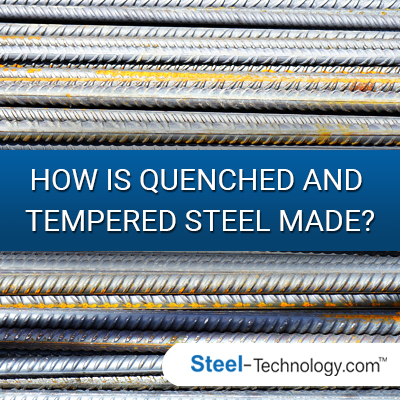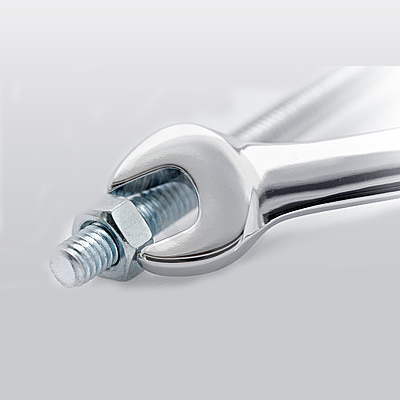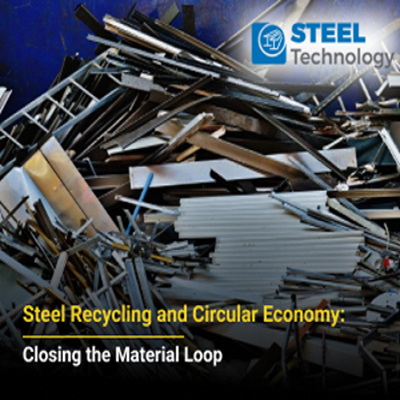Steel Forming with Carbide Dies

There are many ways to form steel. It can be machined, roll formed or stamped. However, this article is focusing on the use of dies for forming steel. Typically companies use carbide dies since carbide is three times harder than steel. Carbide dies, a type of carbide tooling, are used to form steel in a wide variety of industries and using a wide variety of methods in the tool and die industry. How steel is formed depends on its end use. Typically, tubes, rods and wire are drawn through a die while fasteners and other shapes are formed in a heading operation. Other specialized dies can then be used to form the steel further. The way dies are used in metal forming breaks down as follows:
Types of Dies
Cold Forming Dies
Cold forming dies (also called cold heading dies or simply header dies) are used to make steel parts at a high speed and are made of tungsten carbide. The process starts with a cold metal slug being placed into a cold forming die. The slug is then struck by a punch (kind of like a hammer) that forces the slug into the die shaping it into its desired form. The force of the rapid and powerful blow from the punch exceeds the metals yield strength causes the slug to liquefy and form into the cavity ofcold forming dies creating a wide variety of parts and products. These include many fasteners such as bolts, nuts, nails and screws. This method, also called heading, can be used to quickly make a wide variety of steel parts. These parts are used in aerospace, automotive and medical to just name a few of the many industries using cold heading machinery.
Carbide Drawing Die
Tungsten carbide drawing dies, also known as draw dies or extrusion dies, are used in the manufacturing of tubing, pipes, rods and wire. The process starts with a roll of steel or other metal. Commonly used steels range from stainless steel to mild steel. Drawing dies can also be used in the production of things like tail pipes and musical instruments. In drawing operations steel is forced through a die that constricts its size. Tungsten carbide has a high compressive strength that allows it to withstand the pressure of having steel forced through it with the end result being a smaller external diameter. Often a series of draw dies are used to further constrict the outer diameter of the steel. This works great for rods and wires, but if a tube in needed then a mandrel is used to keep the interior dimension consistent. The drawing process is continued until the desired wall thickness, internal diameter and outer diameter are achieved. A similar die is the carbide extrusion die, these are used to form many parts such as bearings and again tungsten carbide is used due to its ability to withstand extreme heat and pressure. Often an oil based lubricant is used to ease the friction caused by forcing steel through the dies. Dies may also be coated with titanium coatings to increase lubricity.
Specialty Dies
After initially forming steel parts, further shaping of steel can be achieved using specialty dies such as shaving dies, swaging dies and thread roll dies. Again tungsten carbide is frequently used for these dies although hard tool steel is also used in certain applications. Shaving dies remove surface defects from the outer dimensions of steel parts such as bumps and groves, creating a smoother surface. The difference being that unlike a drawing or extruding process a cutting action is used. Carbide swaging dies are used in a process called rotary swaging. Rotary swaging can add a taper, a point or round off a steel part or add internal features when used with a mandrel. The final type of die is the thread roll die. These are used to add threads to fasteners like screws or to put on knurling. Knurling is the cross hatch pattern found on anything from hand tools to levers and barbells in order to provide a better grip on the metal.
To sum things up, the use of dies can be of great benefit and is often the best practice for the quick manufacturing of superior parts and products. However, this is one area of forming steel and is often combined with other methods to make an end product. These operations excel at manufacturing rates and in end product strength, although they are limited in complexity when compared to machining parts. However, in modern life you and everyone else are using a vast array of products formed using these processes. They are used to make everything from the cars we drive, the bridges they cross and the computer or device you are reading this on to the tiny parts used in life saving medical procedures. These manufacturing processes aid us in the construction of homes, the production of appliances and are used in the in the energy sector to power up the electrical grid. Carbide dies have thousands of uses in our everyday lives and even in space.










